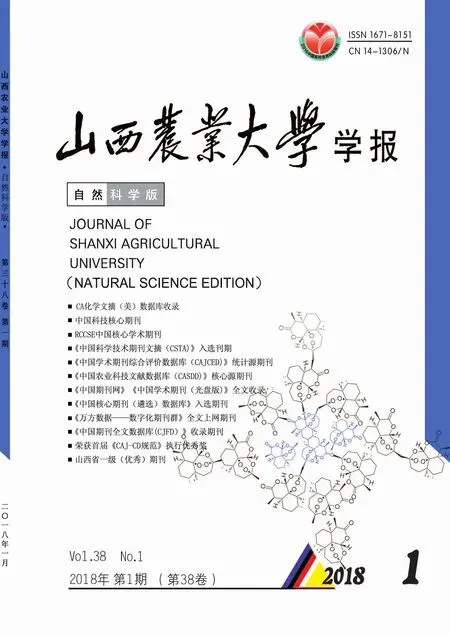Inspiration from Insects
-
1.School of Biological Sciences,University of Western Australia,Perth,Australia;2.CSIRO Land and Water,Perth,Australia)
1 Insect evolution
Insects have been evolving over nearly 400 million years.There are currently perhaps 5 million species,many of which are still undescribed.However,many millions of insects have also become extinct,and the fossil record is dominated by species,genera and orders that are now extinct[1].The average duration of an insect species is difficult to estimate but the upper limit is probably 10 million years.Recently Bai Ming et al[2]described Alienoptera,a new insect order in the roach and mantid zone from amber in Myanmar which is 99 million years old.The authors consider Alienopterus to be an evolutionary dead end.It is interesting that it does show many of the basic structures we know in insects today to be present at that time.
Evolution has allowed insects continually to specialize so that they can utilise the many and changing different niches.Some niches disappear and others develop.We often see that evolution has produced multiple solutions to the same problem.For example scarabaeine dung beetles fly to fresh dung and compete for the same resource for feeding and to provide dung for their offspring.In response to severe competition for the ephemeral dung resource some species have evolved to make balls of dung to roll it away from the pad,presumably reducing competition with those that tunnel under the pad.This seems to have evolved many times,wherever high levels of competition occur,but involving different genera and species in different continents.While more species are tunnellers than rollers,ball rolling occurs across Africa-Eurasia,America and Australia,and is known to occur in 6 of the 12 tribes of scarabaeinae[3].
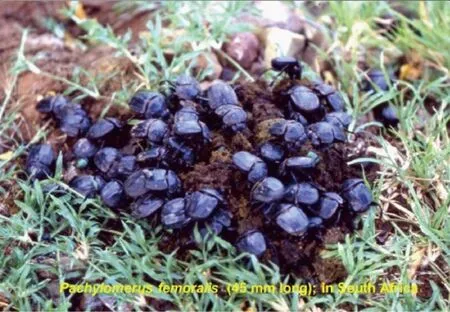
Fig.1 Ball rolling dung beetles in S.AfricaNote:Photo by J Ridsdill-Smith.
Another exampe of evolution is the evolutions of “hands” in insects for specialised roles.Two well known and spectacular exam-ples are the front legs of mole crickets which are enlarged and used for digging tunnels in the soil,and the front legs of preying mantids which are adapted to capture and grasp active insect prey.
2 Insect walking
One of the characteristics of insects is that they walk on six legs.Analysis has shown they move with a tripod gait so that three legs are on the ground at any one time,two on one side and one on the other and alternating.This gives them stability particularly on uneven surfaces.The success of insects has arisen in part because of their agility both on flat surfaces and when facing obstacles.The running and jumping ability of insects is remarkable.Collaboration between engineers and biologists is leading to development of better robots based on insects.The design requires postural adjustments,better reflexes,efficient leg design and the inclusion of sensors[4].

Fig.3 Development of better robots based on insectsNote:A.Robot designed by engineers and biologists.(Photo by Matt Denton micromagic systems.) B.Robotic hands.(Richard Greenhill and Hugo Ellis 1 Shadow Robot Company GNU Free Documentation License vers 1.2)
Sensory inputs control the movements.Thus insects use sensory inputs to extend claws when needed,and elastic protein is used to withdraw claws when the muscles are relaxed.This leads to much faster response times.The tarsi of insects also have cuticular pads allowing them to climb on smooth surfaces.The grip of robotic hands is being improved after Robert Full at Harvard University studied cockroaches running fast over uneven surfaces.Their legs are flexible and springy using resilin.
Potential product:Robotic hands using springs and hinges as well as motors,which gives them better control to grip on to objects.
3 Insect jumping
Insects that jump well include the grasshoppers and fleas.In order to jump long distances they need to store energy.Insects have developed large hind legs and the muscles are attached to the chitin like a bow,which helps to store the energy.In addition,the tendon of the muscle moves over a locking mechanism.When this is released there is a rapid extension causing the insect to “jump” (There a mechanical stop so that the muscle can be contracted without moving the leg[4].
Insects have evolved a rubber-like protein (resilin) that enables them to run,jump and fly.It is a natural polymeric protein like rubber but with low stiffness,better elasticity,high strength,and efficient energy storage.
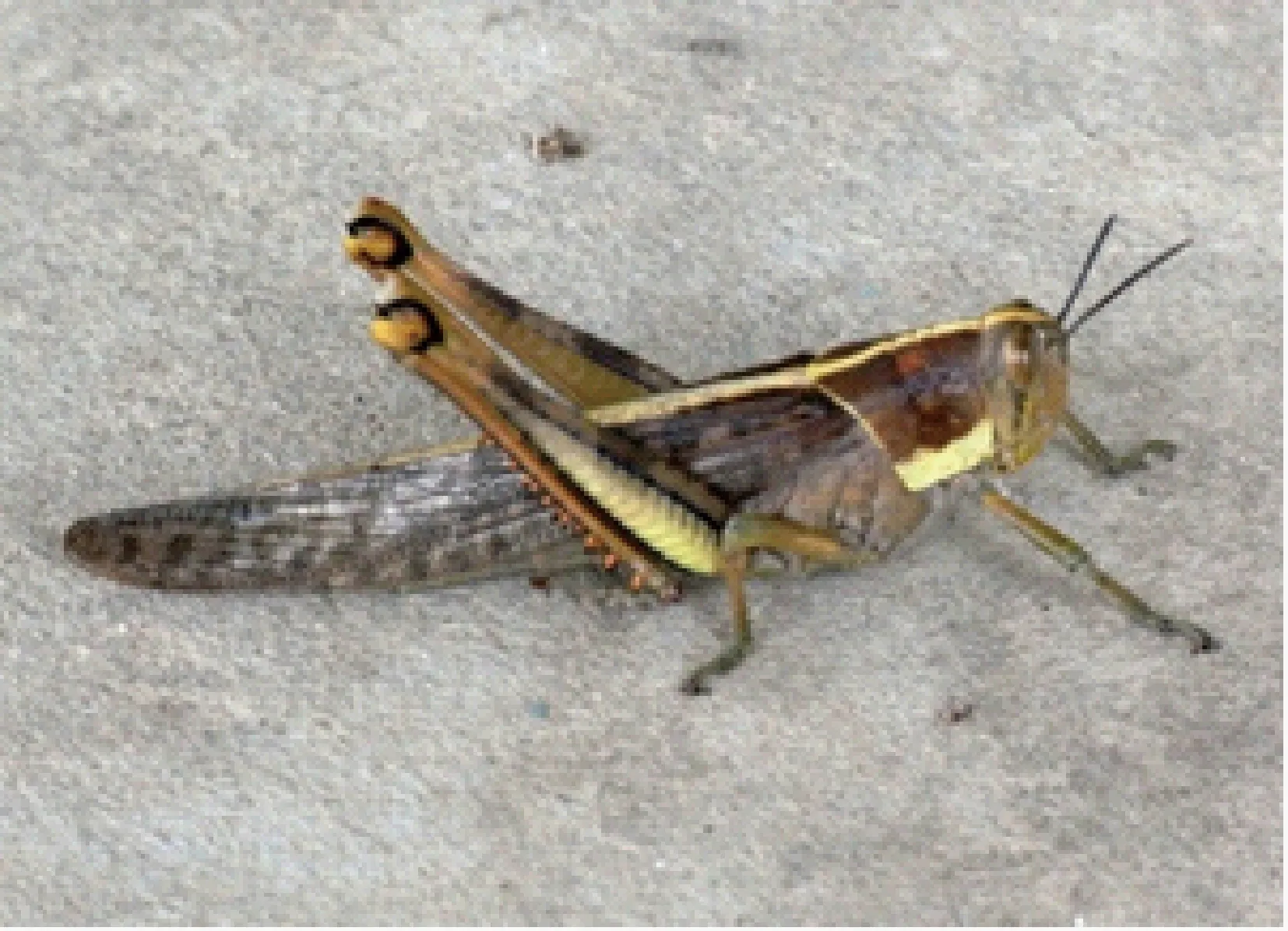
Fig.4 GrasshopperNote:Photo by Quarti.Attribution share alike3.0 license.
Potential product:Recombinant resilin based polymers used in engineered mosquito-based resilin with applications like human cartilage or hybrid materials for cardiovascular applications.
4 Insect colours
Insects are found with many colours which perform various functions.These include attracting mates,camouflage from natural enemies and dark colours to absorb heat better.As with other traits considered here the insects have developed many different solutions to the problem of displaying colours.The two main categories are with use of insect pigments,or with structural colours[5].The pigments tend to lead to black,white,red,yellow and brown colours.The structural colours are produced from structures in the layers of the insect cuticle.There are many types of structural colours across insects,which are produced mainly either by scattering light or by interference.They tend to lead to blue and green colours,and to iridescence.
Potential products.Commercial biomimetic surfaces could provide brilliant colours,adaptive camouflage,optical switches,low reflectance glass and car colours.
5 Arthropod silk
Silk was reported from silkworms (a moth) in China 3000 years ago.There was a major industry exporting silk from China to Europe along the Silk Road in 2 CE.However recent studies have shown that silk production has evolved in many different insects,mites and spiders,as well as silkworms.Twenty-three distinct categories of silk have been described in invertebrates[6].The range of molecular structures in different silk fibres is greater than any other structural protein group.

Fig.5 Examples for insect colorNote:A.Blue morpho butterfly.(Photo by Dekarts GNU Free Documentation License)B.Weevil (Photo by Hectonichus CC BY-SA 3.0)
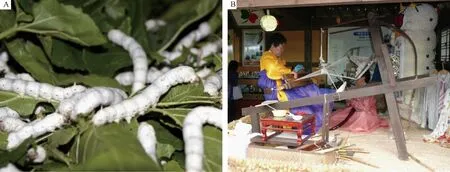
Fig.6 Silk from insectsNote:A.Silkworm larvae.(Photo by Armin Kubelbeck CC-BY-SA 3.0 Wikipedia Commons) B.Hand weaving silk demonstration at the insect expo,Hampeong,South Korea.(Photo by J Ridsdill-Smith.)
Potential product.Honey bee silk is being mass produced in vats and used in medical devices.It is biodegradable,is not immunogenic,and can be used to stabilize molecules but also to carry vaccines when implanted in wounds following surgery.
6 Flying robots based on insects
Dragonflies have four wings which are controlled by separate muscles.As a result they are strong flyers,very mano euverable and can catch flying prey.R&D company,Draper,USA,are developing DragonflEye a hybrid drone using miniaturized navigation,synthetic biology and neurobiology to guide dragonflies. Potential products.Small flying drones that can be used to search for bombs or fugitives hiding in small buildings (military and police).
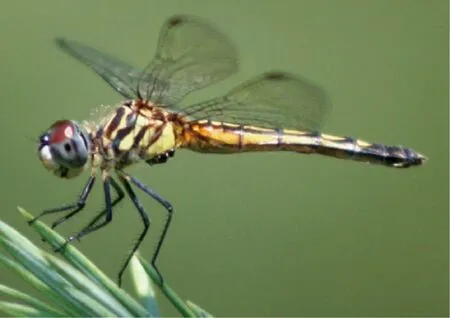
Fig.7 DragonflyNote:Photo by RA Nonenmacher ran-384.jpg.
7 Products from insects
Recent development of new techniques in biology have allowed us to progress from just describing what insects do to identifying the mechanisms involved,and the molecular structures that have evolved to allow the responses we observe.This has enabled us to develop potential products based on novel compounds derived from insects.
Some examples are given in this talk to illustrate the scope of this new field of study.
As we understand better the biology and physiology of insects,and their properties based on new chemical and molecular tools,we are finding novel compounds and traits that can be used in industrial and medical applications.Products not mentioned above which have application in the management of the environment include enzymes found in insecticide resistant insects,such as aphid esterases,that are used for bioremediation of insecticides present in polluted soil and water.Also the biodiversity and abundance of suites of insects in ecosystems can be used to assess changing environmental conditions and thus the health of environment.Measures of the ways insects respond to human-induced disturbances and situations where insects provide a benefit to humans are called ecosystem services.Awareness of these benefits is increasing.
This is an exciting time to be an entomologist.
Acknowledgements
My thanks to Dr Owain Edwards Doman Leader for the Synthetic Biology Future Science Platform being developed by CSIRO,for helpful discussions and comments on this new field.I very grateful to Dr Lingling Gao CSIRO Agriculture in Perth,for interpreting my presentation in Taigu,to Dr Yanqiong Guo for helping to translate the abstract part of manuscript,and to Professor Ruiyan Ma for inviting me to the College of Agriculture,Shanxi Agricultural University,Taigu.

Dr Gao and Dr Ridsdill-Smith at the Insect Expo,Taigu 2017
[1]Grimaldi D.Fossil record in Encyclopedia of Insects 2ndEd (eds V Resh and RT Carde)[C]∥Academic Press,Elsevier Science,USA,2009:396-403.
[2]Bai M,Beutel R G,Klass K D,et al.Alienoptera — A new insect order in the roach-mantodean twilight zone[J].Gondwana Research,2016,39:317-326.
[3]Cambefort Y.Biogeography and Evolution in Dung Beetle Ecology (eds I Hanski and Y Cambefort)[C]∥Princeton University Press,Princeton,New Jersey,1991:51-67.
[4]Ritzmann,RE and Zill,SN.Walking and jumping in Encyclopedia of Insects 2nd Ed (eds V Resh and RT Carde)[C]∥Academic Press,Elsevier Science,USA,2009:1044-1048.
[5]Ghiradella H.Coloration in Encyclopedia of Insects 2ndEd (eds V Resh and RT Carde)[C]∥Academic Press,Elsevier Science,USA,2009:213-320.
[6]Sutherland T D,Young J H,Weisman S,et al.Insect silk:one name,many materials[J].Annual Review of Entomology,2010,55(1):171-188

